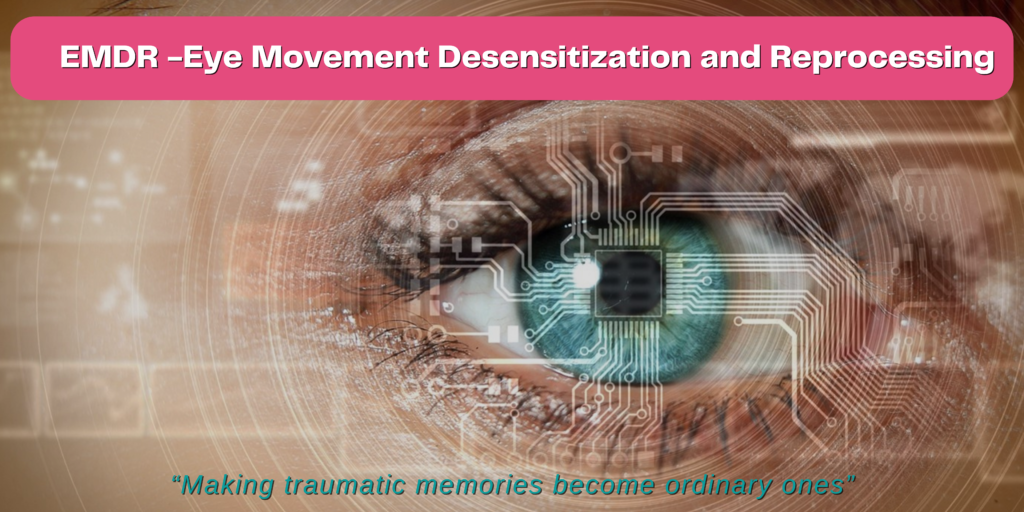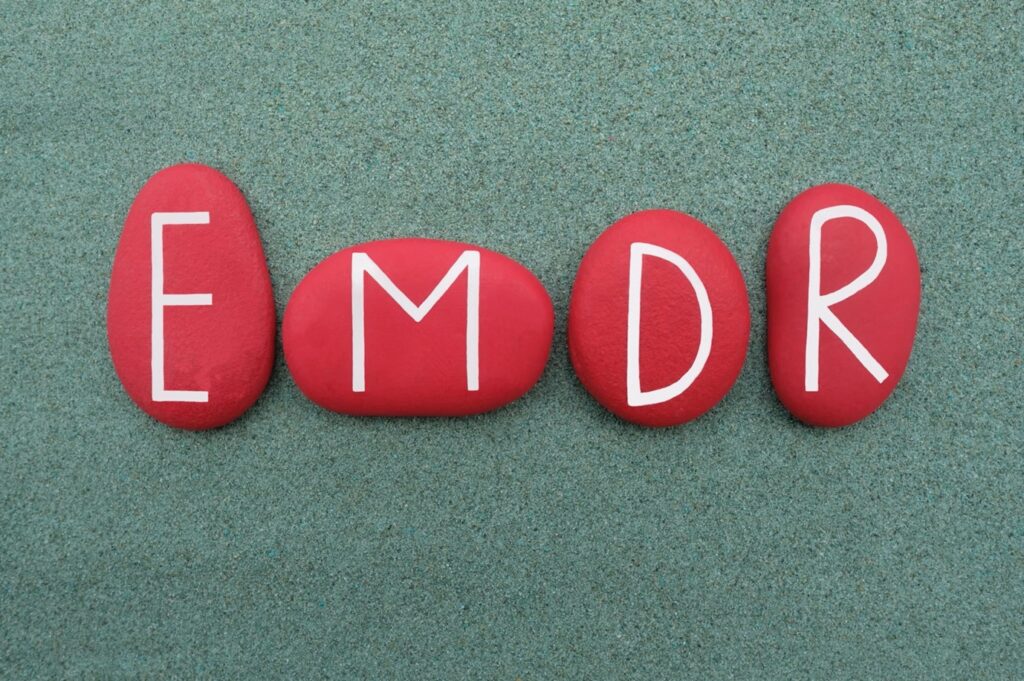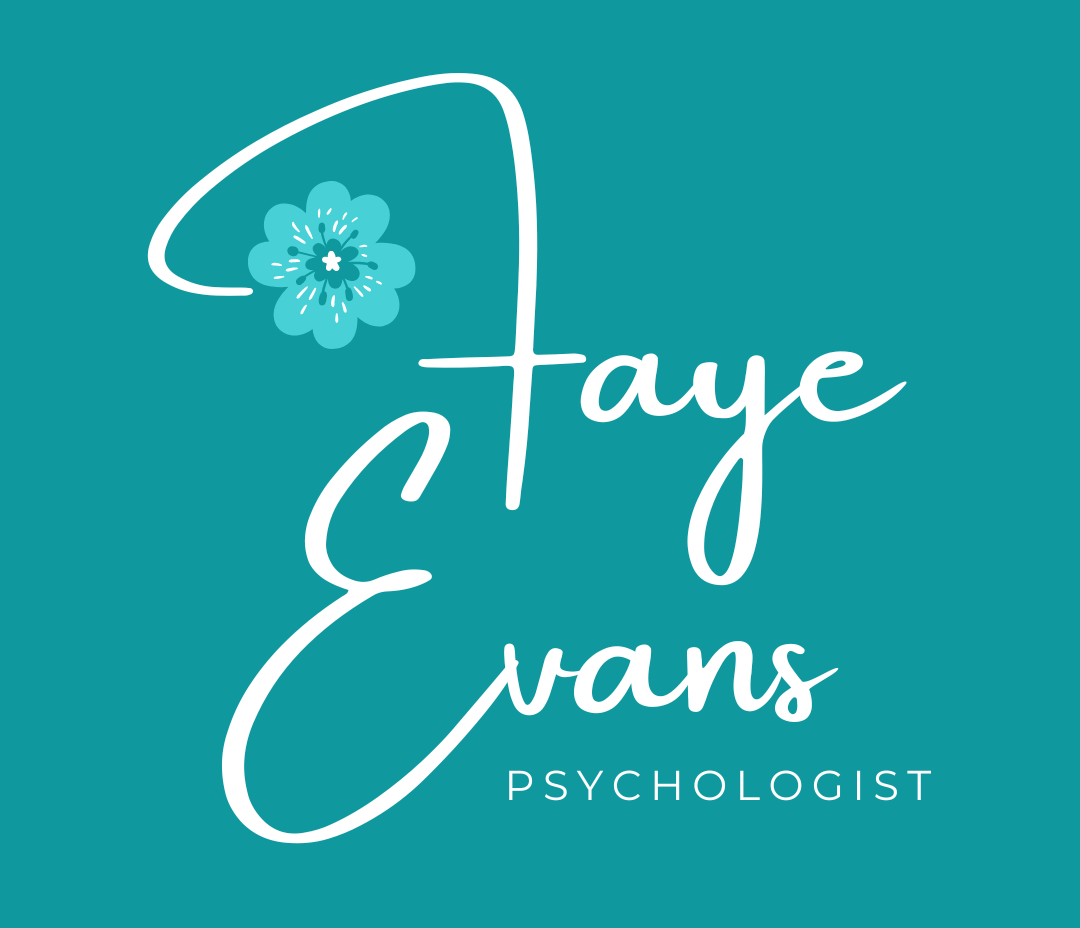

What is EMDR?
Eye Movement Desensitization and Reprocessing (EMDR) was initially developed by Francine Shapiro in 1987 for the treatment of PTSD. Her work is informed by the understanding of the Adaptive Information Processing model. EMDR is an individual therapy that is advised to be delivered weekly, approximately between 6-12 sessions, however, some people depending on their struggles may have fewer sessions.
The Adaptive Information Processing model considers symptoms that traumatic memories are a result of past disturbing experiences that continue to cause distress because the memory was not adequately processed.
These unprocessed memories are understood to contain the emotions, thoughts, beliefs, and physical sensations that occurred at the time of the event. When the memories are triggered, they appear to affect the individual’s current functioning.
What Is Reprocessing?
The key is most probably the way in which memories are registered. The brain processes traumatic experiences in a different way from those that are normal, with normal experiences, the information flows from the senses to the brain, where it is registered and processed into a memory, which is basically a jumble of facts, impressions, and interpretations.
In the case of experiences, involving intense fear, helplessness or life-threatening situations, the body puts itself in a state of alert.
Consequently, the original disturbing images, thoughts, sounds, and feelings are registered in a raw (unprocessed) form. Stimuli, such as images, smells, and sounds that trigger off reminders of that upsetting experience, can continue to reactivate these unprocessed memories.
This makes individuals respond with the same emotions as they did back then, causing them to be just as upset again and again. EMDR assists the brain in completing the normal processing of information, to enable traumatic memories to become ordinary ones.



What To Expect In An EMDR Session?
There will be a comprehensive interview, and then the practitioner will focus directly on the emotions, thoughts and responses resulting from the traumatic experiences. EMDR therapy works directly on memory and is intended to change the way that memory is stored in the brain, thus reducing, and eliminating problematic symptoms.
During an EMDR therapy session, the practitioner will work through standardised steps, that are known as a standardised protocol, following standardized procedures, for accelerated learning, which incorporates the use of eye movements and/or other forms (tappers, sounds, lights) of rhythmic left-right bilateral stimulation. While clients briefly focus on the trauma memory and simultaneously experience bilateral stimulation (BLS), the vividness and emotion of the memory are reduced.
The good thing about EMDR is that it works so quickly. An individual that has had a single bad experience is likely to need fewer therapy sessions than someone that has been exposed to long-term, systematic threats or interference. In those cases, EMDR is usually part of more extensive therapy.
EMDR And Group Session G-TEP (Group Traumatic Episode Protocol)
These apply the same principles of EMDR in a group format. Clients will receive:
• Stabilization and grounding skills
• Encouragement to share various positive experiences
• Individually processing trauma (with BLS) through guided instruction from the facilitator and co-facilitators
• At the end of the group session, we will debrief our experience and share your positive experience, asking questions, and we will end with a 1-minute breathing technique.
• Time approx. 2 hrs.






How Does An EMDR Session Work?
Firstly you need to complete an initial intake process to discuss with your therapist if you would be a good fit for G-TEP, and then you will be ready to attend an EMDR Group session.
Then you will attend the first session and you will run with the itinerary and learn and practice stabilization skills with your group facilitator. Then you will be presented with materials to follow and explained the process.
The GTEP EMDR Group is a gentle approach to working through everyday triggers and trauma symptoms, without discussing or going into the trauma. The group guidelines ensure respect and privacy for our clients and make it a safer way to process together but independently.
At no point are G-TEP EMDR group members required, asked, or encouraged to discuss any details of their traumatic episode with others in the group.
How Do I Know If I’m A Good Candidate For Group EMDR?
Criteria for G-TEP EMDR Group, include that the client has experienced one or more stressful events and these events can be recent or long ago, but you know or suspect they still alter your experience in the present through triggers, symptoms, or unwanted behaviours. During the intake interview with your therapist, you will need to demonstrate the ability to self-regulate using resources and coping skills, if this is too difficult, then maybe you can try firstly our DBT Skills group first or have individual sessions.

GROUP DATES
Soon to be advised 2024
5:00 pm to 7:00 pm
Places are limited
1/50 Howard Street, North Melbourne VIC
Medicare rebates are available
Fee includes 12 hours of group therapy
PLUS
1 hour individual session
